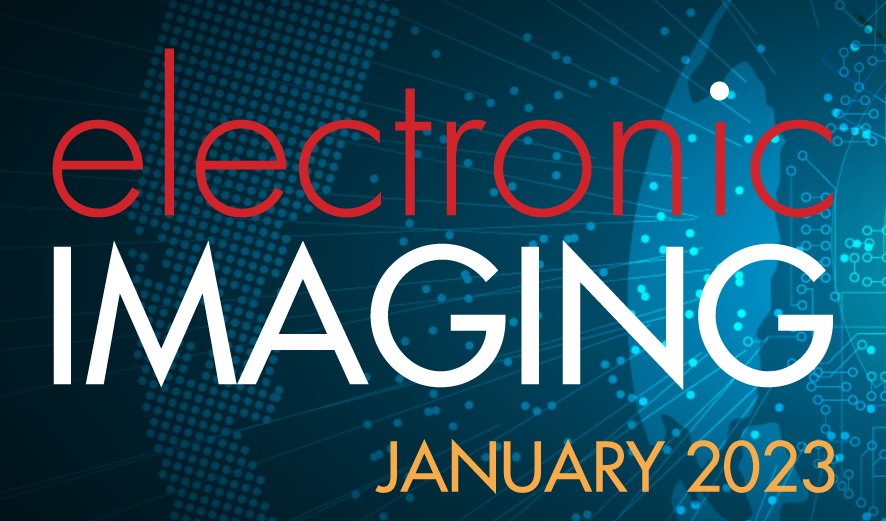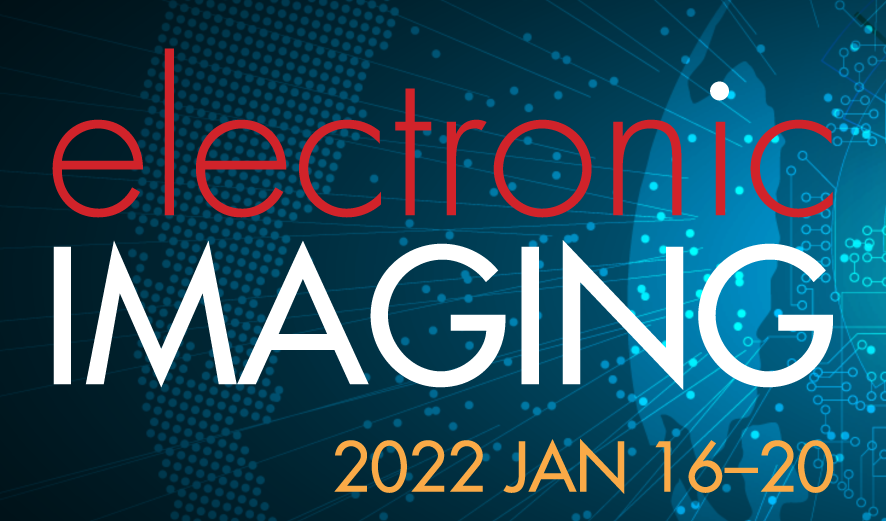
Scientific and technological advances during the last decade in the fields of image acquisition, data processing, telecommunications, and computer graphics have contributed to the emergence of new multimedia, especially 3D digital data. Modern 3D imaging technologies allow for the acquisition of 3D and 4D (3D video) data at higher speeds, resolutions, and accuracies. With the ability to capture increasingly complex 3D/4D information, advancements have also been made in the areas of 3D data processing (e.g., filtering, reconstruction, compression). As such, 3D/4D technologies are now being used in a large variety of applications, such as medicine, forensic science, cultural heritage, manufacturing, autonomous vehicles, security, and bioinformatics. Further, with mixed reality (AR, VR, XR), 3D/4D technologies may also change the ways we work, play, and communicate with each other every day.

Scientific and technological advances during the last decade in the fields of image acquisition, data processing, telecommunications, and computer graphics have contributed to the emergence of new multimedia, especially 3D digital data. Modern 3D imaging technologies allow for the acquisition of 3D and 4D (3D video) data at higher speeds, resolutions, and accuracies. With the ability to capture increasingly complex 3D/4D information, advancements have also been made in the areas of 3D data processing (e.g., filtering, reconstruction, compression). As such, 3D/4D technologies are now being used in a large variety of applications, such as medicine, forensic science, cultural heritage, manufacturing, autonomous vehicles, security, and bioinformatics. Further, with mixed reality (AR, VR, XR), 3D/4D technologies may also change the ways we work, play, and communicate with each other every day.


This paper presents a novel method for accurately encoding 3D range geometry within the color channels of a 2D RGB image that allows the encoding frequency—and therefore the encoding precision—to be uniquely determined for each coordinate. The proposed method can thus be used to balance between encoding precision and file size by encoding geometry along a normal distribution; encoding more precisely where the density of data is high and less precisely where the density is low. Alternative distributions may be followed to produce encodings optimized for specific applications. In general, the nature of the proposed encoding method is such that the precision of each point can be freely controlled or derived from an arbitrary distribution, ideally enabling this method for use within a wide range of applications.

Holostream is a novel platform which enables high-quality 3D video communication on mobile devices (e.g., iPhones, iPads) using existing standard wireless networks. The major contributions are: (1) a novel high-quality 3D video compression method that drastically reduces both 3D geometry and color texture data sizes in order to transmit them within the bandwidths provided by existing wireless networks; (2) a novel pipeline for 3D video recording, encoding, compression, decompression, visualization and interaction; and (3) a demonstration system which successfully delivered video-rate, photorealistic 3D video content through a standard wireless network to mobile devices. The novel platform improves the quality and expands upon the capabilities of popular applications already utilizing real-time 3D data delivery, such as teleconferencing and telepresence. This technology could also enable emerging applications which may require highresolution, high-accuracy 3D video data delivery, such as remote robotic surgery and telemedicine.